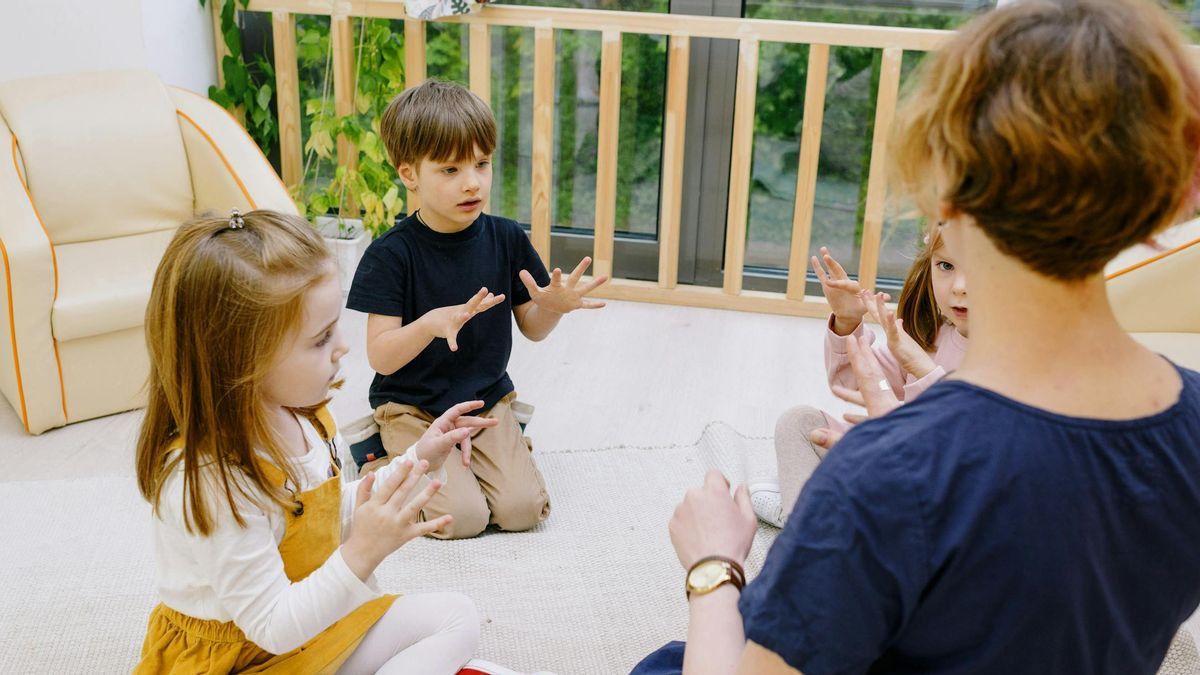Mathematics is one of the lessons that children tend to understand. Indeed, there are also those who understand the concept of mathematics more intuitively, but for some children, this lesson is not easy to understand. Therefore, it is important for you to know how to teach mathematics to children.
Introducing mathematics to children is basically not difficult. With the right approach and a supportive environment, mathematics can be an opportunity to develop your child's logical thoughts.
You can teach it the following steps:
You can also paste a poster of numbers on a wall that is equipped with sound. So, when the child presses a certain number, a sound appears from the inside that mentions the number.
Learning mathematics with visual aids and images can facilitate the concept of learning. This method can also help children memorize and learn the shape of each number.
Learning mathematics can begin with calculations. You can start teaching your child how to calculate and the concept of simple mathematics from an early age. For example, by inviting him to count the fruit before eating.
There are many interesting ways to put the concept of mathematics into everyday life. For example, if children are learning about fractions, you can cut an apple into two parts of the same size.
Children can generally understand concepts more easily when teaching is applied into everyday life, rather than from textbooks or in conventional class environments.
Make a flash card
Flashcards is also an effective mathematical learning tool for your child. You can make it yourself at home by cutting thick cardboard paper, then writing number numbers with colorful markers. In addition, to make it more eye catching, you can also add images.
The tool in question is a group. Sempoa is a traditional count aid consisting of a series of wooden blades, or colorful and movable plastics.
Learning mathematics will be more fun by adding interesting visual aspects. It can also help create visual stimulation that increases children's interest in learning materials.
SEE ALSO:
Mathematical learning provides enormous benefits for children's development, both cognitively and mentally. Some of the benefits include:
Mathematics requires solving problems, where the child is faced with situations requiring analysis, formulation, and solution. This process helps to train critical thinking skills by determining the right way.
Failure is a natural part of human experience. Learning mathematics can teach children how to deal with failure in a constructive way.
When he makes mistakes when finalizing the problem, they can take advantage of other methods or formulas. This helps them develop a mindset and realize that failure is a learning process.
Children who regularly solve mathematical problems experience increased activity in the brain part related to attention and focus. In addition, children show greater efficiency in the neural connection between these regions.
That's a review of how to teach mathematics to children and their benefits. Visit VOI.id to get other interesting information.
The English, Chinese, Japanese, Arabic, and French versions are automatically generated by the AI. So there may still be inaccuracies in translating, please always see Indonesian as our main language. (system supported by DigitalSiber.id)















